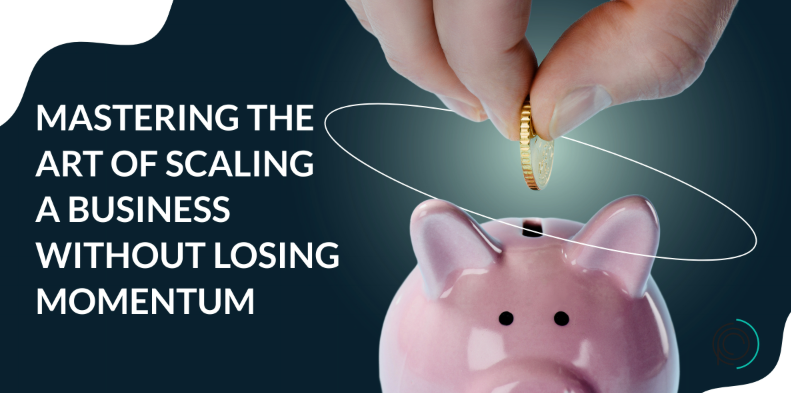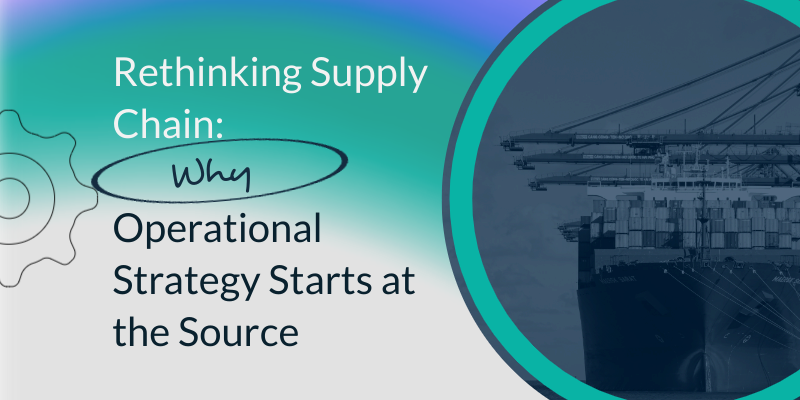Breaking Free from the Status Quo: Embracing Change for Competitive Advantage
The status quo is the idea of keeping current affairs unchanged, even when change is necessary. So, what drives someone to maintain the status quo? Many times, it has to do with inexperience with what’s available, unawareness of inefficiencies, disinterest in taking responsibility for the initiative, or something deeper like fear. Without change, your business can fall behind as the world around you continues to evolve with technology, automation, and bringing in highly skilled workers. If it starts to affect customer experience, customers will have little to no incentive to be loyal to your business, making the status quo not appealing or competitive.
There are many reasons why people may choose to maintain the status quo, and it is important to recognize these factors in order to effectively encourage change within an organization or industry. One common factor is a lack of awareness or understanding of alternative options. This can be due to limited knowledge or experience in the field, as well as a resistance to exploring new ideas.
Another reason for maintaining the status quo is a fear of failure or uncertainty. Change can be intimidating, and many people may feel more comfortable sticking with what they know rather than taking risks. This can also stem from a lack of confidence in one’s abilities to adapt to change.
In some cases, maintaining the status quo may simply be a result of disinterest or apathy toward improving processes or systems. This can be a dangerous mindset as it can lead to complacency and lack of innovation, hindering potential growth and success.
However, with the rapidly changing landscape of technology and global markets, businesses must adapt to stay competitive. Embracing change, even if it may seem daunting at first, is crucial for long-term success and sustainability. By constantly evaluating and improving processes, staying open to new ideas and technologies, and fostering a culture of innovation within an organization, businesses can thrive in an ever-evolving world.
Overall, it is important to understand the reasons behind maintaining the status quo to effectively address them and drive positive change. By recognizing potential barriers and addressing them proactively, individuals and organizations can break free from stagnant routines and embrace growth and progress. Don’t let the fear of change hold you back from reaching your full potential, both personally and professionally. Embrace a mindset of continuous improvement and adaptability to thrive in today’s fast-paced world. So, instead of being content with the status quo, strive for constant evolution and improvement to stay ahead of the game.
Is it risky to stick to the status quo?
It’s highly risky. Those who adhere to the status quo might encounter the following four issues:
- Obsolete skills – Employees are the heart and soul of your company. If you’re maintaining the status quo, training and development, team-building exercises, coaching programs, or upskilling likely haven’t been a priority, putting them and your business at a disadvantage. By not showing them a vision for the future and a way for career growth, you risk losing good employees and having your company become stagnant.
- Wasting time on manual work – Manual tasks can cost thousands of hours and dollars, depending on the amount of manual work. It creates an environment where people are just busy doing mundane tasks, creating a breeding ground for human error and taking valuable time away from doing tasks that better the company’s bottom line. It doesn’t benefit you or your team to be busy for the sake of being busy
- Expensive multiple systems – Businesses might have multiple systems to address siloed issues. When there isn’t a single source of truth to your data you are creating an environment where errors are inevitable to happen. How did you choose so many different solutions? Maybe it’s because they were advised by a vendor or a close friend, but no matter the case, it’s likely that they didn’t have the full picture regarding the current issues. It’s necessary to account for integration, process improvement, and scalability when selecting technology or else it’ll end up becoming expensive and inefficient. It can also confuse the team.
- A false understanding of your customer’s experience – Customer demand can change in the blink of an eye but keeping the status quo may mean the business doesn’t truly understand what the customer’s experience is like. If this is the case, then they’re skating on thin ice. Customers want to shop and purchase from businesses with ease, and without a seamless experience, they will tend to take their business elsewhere.
Mainstream Risk
There are a few misconceptions when it comes to choosing technology. It may seem like a ton of work to hire an expert to help you pick out a piece of technology. Why not just choose a company you’re familiar with or one that many people use? Because making a decision without collecting business requirements, mapping technology stacks, and realigning business processes is dangerous. Just because it’s backed by a big-name company doesn’t mean it’s right for you and your needs. We see it all the time, and for many, it turns out to be a failure. The other thing you need to remember is the daily steps and tasks you do can easily be forgotten. Those are the things we capture on a map. Anyone willing to give you a solution to fix your business issues without collecting all the facts is simply giving you their best guess. It may work sometimes, but this kind of advice will catch up with you sooner or later.
Advice
We recommend that you continuously find ways to improve your business and do the work upfront to prevent these problems from arising. Keeping the status quo can hinder you in the long run. One way to keep your business on the competitive front is to look at companies within your industry. Identify what they are doing successfully and replicate it within your own business. This doesn’t mean copying everything they do, but rather finding inspiration and adapting it to fit your unique needs and goals. Additionally, regularly seeking feedback from customers, employees, and industry experts can provide valuable insights on areas for improvement.
In conclusion, while maintaining the status quo may feel comfortable in the short term, it can ultimately hinder growth and success in the long run. By embracing change and continuously seeking ways to improve and innovate, individuals and organizations can stay ahead of the curve and thrive in a constantly evolving business landscape. Remember, progress is impossible without change. So don’t be afraid to challenge the status quo and strive for continuous improvement in all aspects of your life. Keep an open mind, embrace new ideas, technologies, and processes, and you will see the positive impact it can have on your personal and professional growth. Don’t let fear hold you back from reaching your full potential, instead use it as motivation to push yourself beyond the limitations of the status quo. The only constant in life is change, so embrace it and thrive in a world that is constantly evolving. Keep pushing boundaries, seeking improvement, and never settle for the status quo. The possibilities are endless when you embrace change and take risks to drive progress and success. So, go out there and make a difference, one step at a time! Stay curious, keep learning, and continue to evolve toward your goals, both personally and professionally. Remember, the only limit is the one you set for yourself.
You don’t want to be an exact carbon copy of that company. Even though you’re both very similar, you still have different needs, corporate cultures, customer experiences, and business requirements, to name a few. A great example of this is big box stores in different locations. Are they in the same store?
Yes, but also no. Stores may sell the same items and have the same branding, but local leadership will vary, affecting how each is managed.
One way we work with you is by walking you through our extensive process to get a clear and accurate picture of your business and its inefficiencies. Once we go through the process of mapping, collecting all the information, understanding business requirements, and engaging with your team, we can begin to address viable solutions to help alleviate these issues within your business.
Our goal is not just to provide a temporary fix, but rather implement long-term strategies that will drive success and growth for your business. Together, we can break away from the status quo and pave the way for a brighter future. So don’t be afraid to take the first step towards change, and let us help you reach your full potential as an individual and as a business. The possibilities are endless, and the rewards for embracing change and challenging the status quo are immeasurable. Let’s work together to create a better tomorrow, one step at a time. Remember, progress is impossible without change.
Still have questions? For more information, contact one of our experts today.







